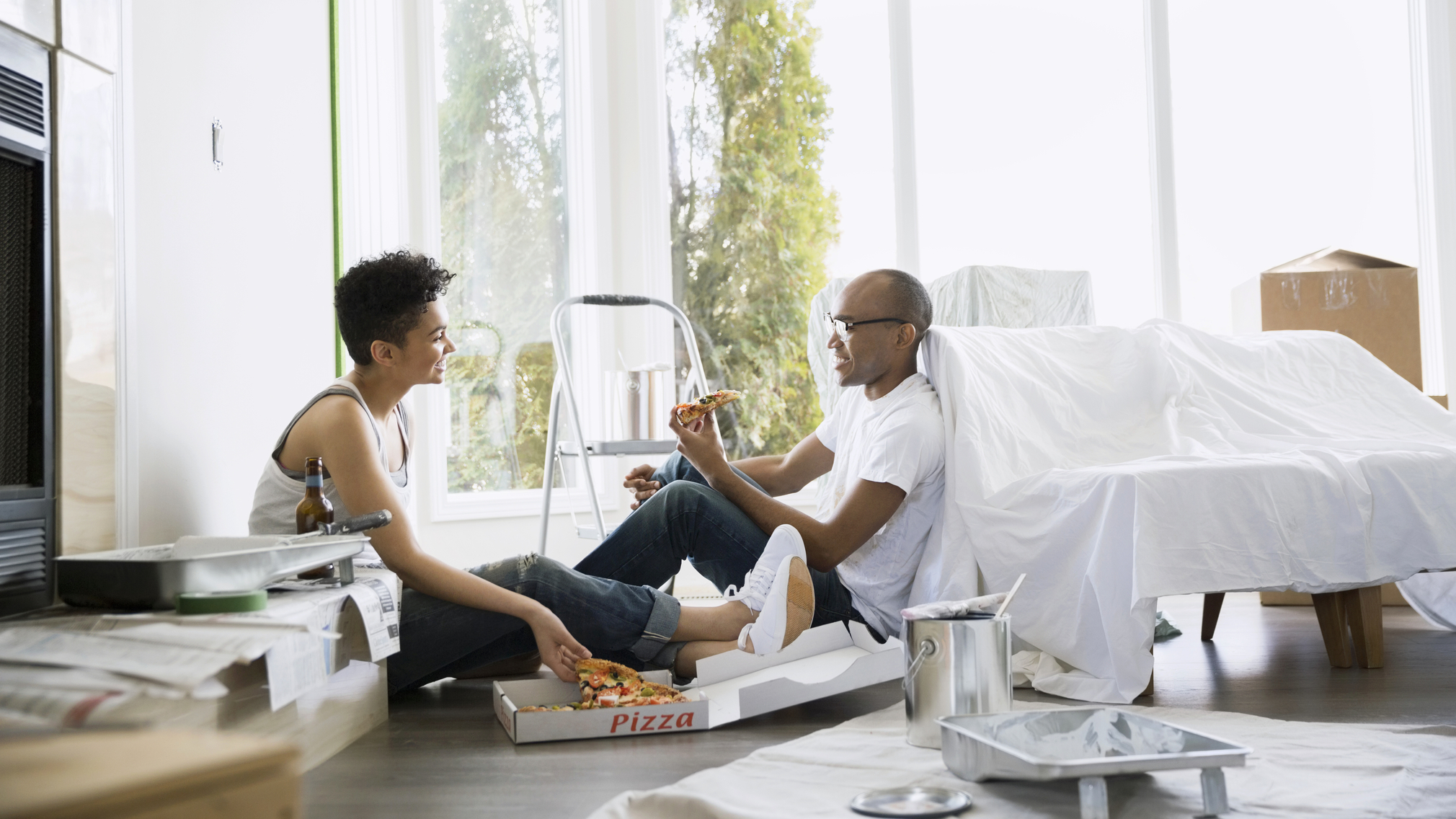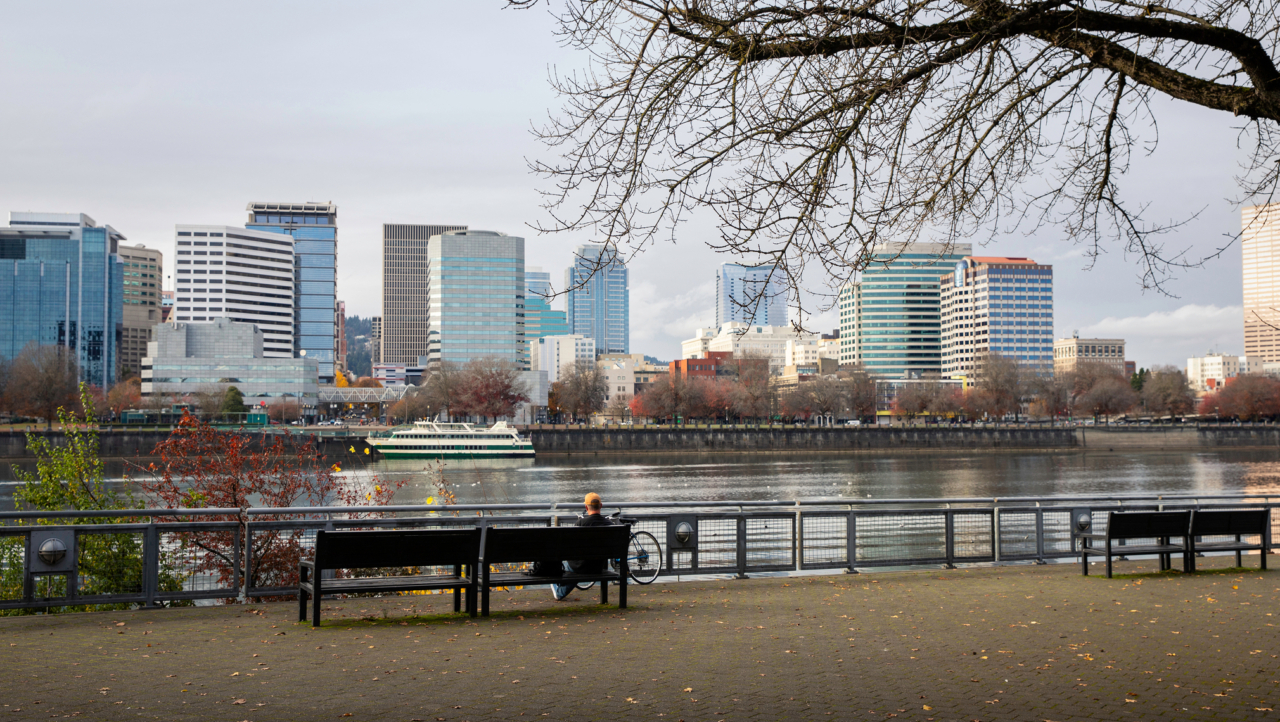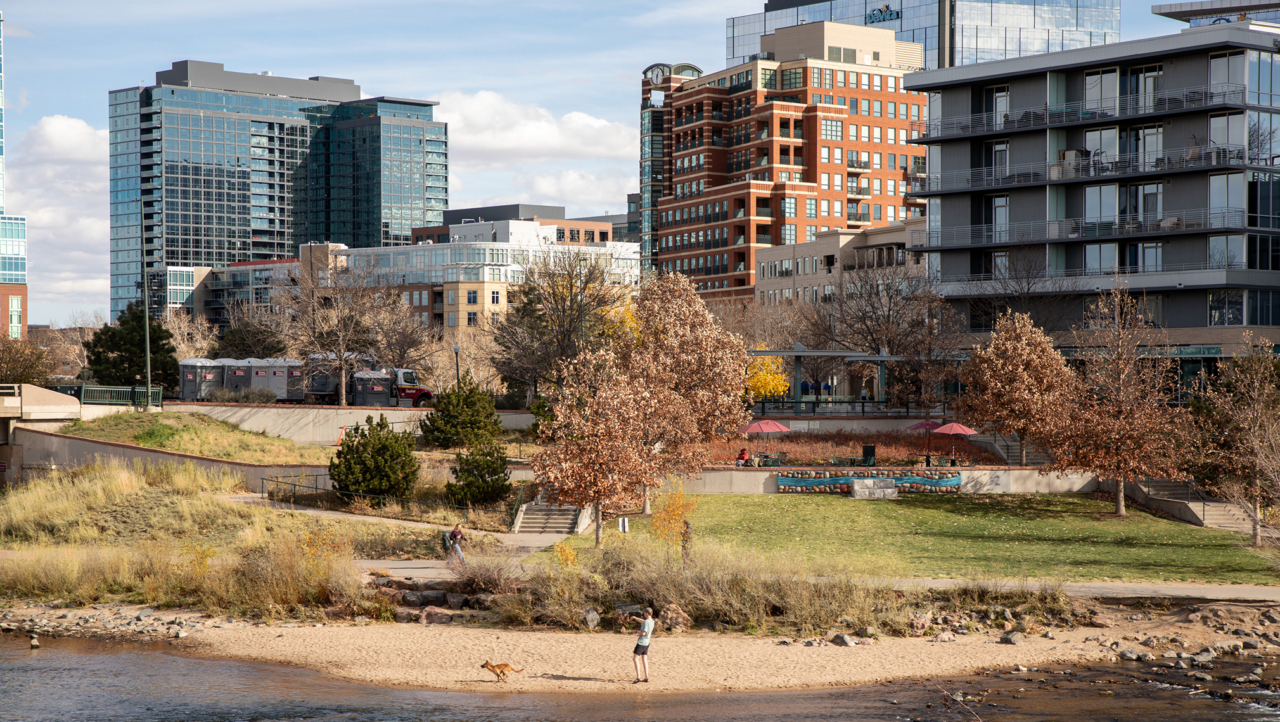What to Do After Buying a House
Use these checklists so you don’t miss anything.


Written by May Ortega on February 28, 2025
You did it! You saved up, shopped around, and closed on a home. Congratulations! But your journey isn’t over yet. In the weeks leading up to move-in day, there are numerous things you’ll want to take care of to ensure your home is ready to be lived in.
We’ve compiled a list of things to do after buying a house, some you won’t want to forget and others you may choose to ignore, but trust us, some of these are from personal experience. We recommend taking a screenshot of this list, or print it, so you can reference it as you go.
Get the keys
You can’t move in without the keys! Or if your new home has a smart lock, you’ll need to get access to it and change the code. Make sure you get the keys at closing to any exterior entrances, basements, attics, etc. as well as the mailbox, if applicable.
Change the locks, or get your doors rekeyed
Changing the locks usually means removing the entirety of your door handle or any other keyways that are installed in your door. Rekeying — typically more affordable and easier to do — is the process of changing the pattern of the pins inside your keyhole and getting new keys to match that new pattern. With this method, there’s no need to uninstall any existing hardware. Your local locksmith can do this, and give you an estimate on either option.
Update your address
When updating your address, you’ll also want to inform any important contacts that you’ve moved, so you don’t miss out on any mail. Plan to notify your post office at least a week in advance of your move-in date in order to allow enough time for the forwarding service to start.
Of course, you’ll also want to update friends and family, financial institutions, and your employer.
Reprogram your garage door
This may have already been done for you. If you didn’t receive any remotes, buy your own and program them as soon as you can. And if your home uses an app to open your garage instead, make sure you have access to reprogram it for your phone.
Set up your alarm system, if you have one
Make sure you get an instruction manual for this from the seller, (or you may be able to find it online), and program your own codes into your new system. This is usually a day one to-do item, depending on how important the safety a security system can provide is to you.
Give your new home a deep clean
This can really help you feel more comfortable in your new home. Even if the previous owners or the builders cleaned things up, you may still want to consider hiring a professional to take a second pass. Or you can pull out the cleaning supplies yourself. You can do this before moving in, so you have furniture-free access to every space in the house, or after, since the process of moving things in can introduce dust, dirt, and hair.
Childproof your home
If you have young children, there are numerous ways to childproof your home, including setting up gates near any hazardous spots and adding child-proof locks to off-limits cabinets. Take any preventative measures you can before moving in to ensure your child’s safety and well-being in their new environment.
Schedule home improvements, updates, or repairs
Your home inspector might have found some things that need fixing. You can ask your agent for help finding a good contractor (they can usually recommend someone they trust). It’s up to you what you want to fix, and when. This could also include scheduling any aesthetic-related changes, like switching out countertops or installing new lighting fixtures.
Since you just closed on a house, you may not be comfortable spending on everything you want to change right away. If you need to prioritize, focus on things that could impact your comfort and safety.
Paint your walls
Timing is key here. It’s often said that painting a room before moving in is the best way to go, because you don’t have to worry about moving or covering your furniture or appliances. In the days after your offer is accepted and before your closing day, take some time to picture where you’ll be spending the most time in your home, the style in which you want to decorate each room, and what wall color would best support that vision, and make a plan for when you can paint a given space.
Of course, you don’t need to have a fully formed picture of what you want for your home before you move in, or even in the months after. But this would be a good time to get things done.
Connect and transfer utilities
You’ll want to contact your utilities companies usually a few weeks in advance in order to have them up and running on the day you move in. Give yourself time to research providers in your area or find out from the seller which companies they used so that you can get any existing providers to transfer services to your name.
- Electricity
- Water
- Trash & recycling (Write down pickup schedules)
- Gas
- Internet
- Cable, dish, or other TV
Keep in mind you may have additional utilities than what’s on this list, so think about what keeps your home livable and comfortable, and whether you’ve set those things up.
Set up a first-aid kit
Minor injuries could happen at home, so have a first-aid kit stocked with bandages, gauze pads, and antiseptic wipes. Store this somewhere that’s easily accessible. If you already own one, make sure it's stocked up properly and nothing is expired.
Get familiar with your breaker box and emergency shut offs
Ensure that everything is labeled correctly. If your pipes were to freeze and rupture, you’ll want to find your water shut-off valve ASAP.
Test your water
This will give you a clear picture of what’s in the water you’re using to bathe, cook, and possibly drink. If you know what types of bacteria are present in your water, you can take action to protect yourself and your family.
Create a chore and home maintenance schedule
If you don’t vacuum your carpets regularly and keep your HVAC system clean, the effects over time could end up costing you thousands of dollars down the road, or impact your resale value. Keep those seasonal to-dos in mind from now on. Here are some basics, starting with those you should do within a month of moving in:
Set up any smart home devices
Once your internet is up and running, doing this could make your routines and daily life more seamless when moving from one place to another. Do you control your lights with a smart speaker or presence sensing? Set that up. Is your smart thermostat crucial to saving you energy? Reprogram it soon.
Meet your neighbors
Even if you’re not the social type, or your nearest neighbors are a ways down the road, it could still be helpful to meet them at least once and exchange names and contact information in case there’s ever an emergency (or you need a cup of sugar).
Find new doctors
This might only apply if you’ve moved to a whole new city. If you have, book your new patient appointments soon, especially if you have ongoing medical conditions that have you going to the doctor often.
Get familiar with your HOA rules
If you don’t follow your neighborhood HOA rules, you could get fined, or fall into some sort of conflict with your neighbors. The rules set by an HOA must be followed if your home falls under the organization, so read it well.
Update your will or estate plan
A house is a significant portion of your estate. You may want to consult with a lawyer who’s experienced in estate planning so you can figure out who your home will go to after your death. This could save your loved ones any legal delays as well as help manage potential taxes and liabilities associated with the transfer of your property.
Yes, there are several things to put on your to-do list. If you’re not sure where to start, ask your agent. They can answer many of your questions, and might even tell you how they do things in their home. Remember to prioritize the things that are most important for your safety and comfort.



